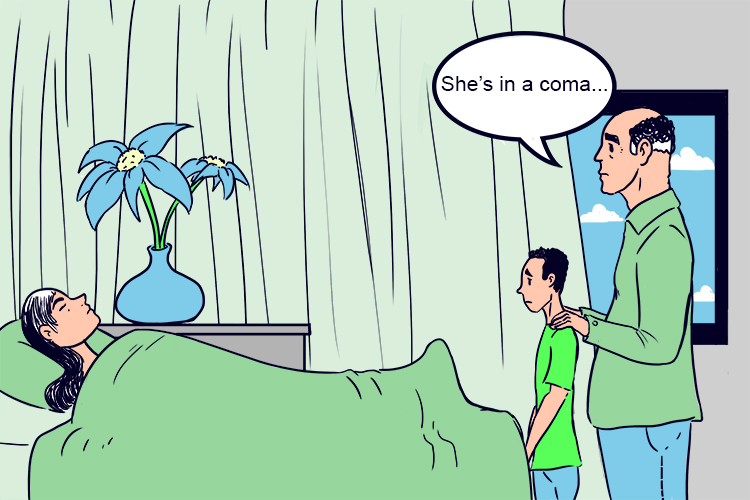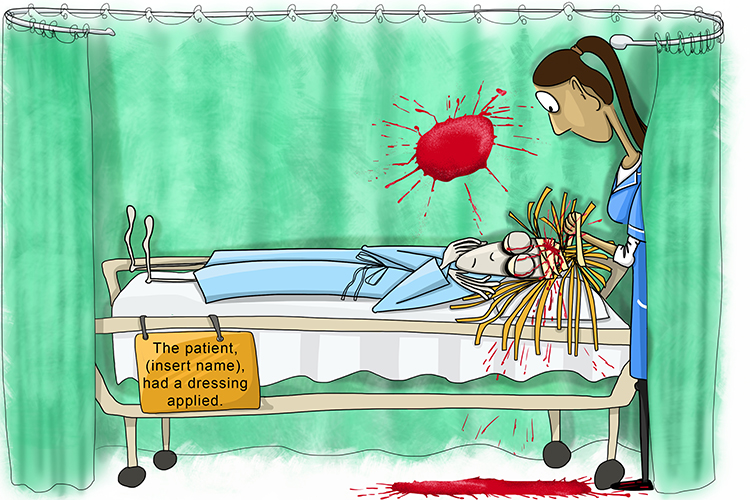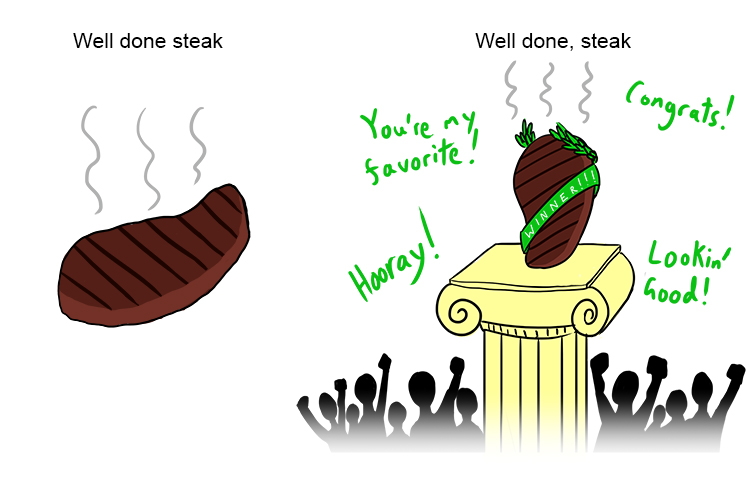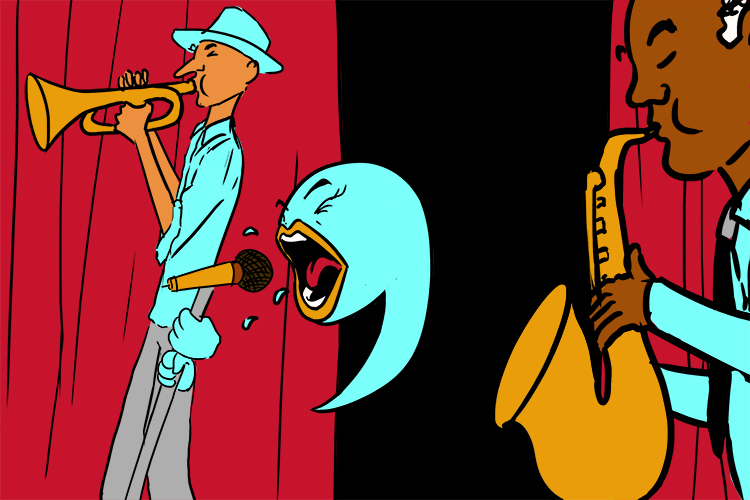Comma – the two difficult meanings
1. Remove without changing – use commas.
Some parts of a sentence can be removed without changing the meaning of the sentence. These parts should always be “bracketed” by commas.
To remember this:

Remove part of a comma and you get “coma”. Someone in a coma doesn’t do anything.
Commas are used before and after extra information in a sentence. If the extra information is included at the end of a sentence, the final comma is replaced with a full stop.
Example 1
Timmy who loves Superman is excited about the upcoming movie.
Remove “who loves Superman” to leave:
Timmy is excited about the upcoming movie.
The fundamental meaning hasn’t changed, so use commas:
Timmy, who loves Superman, is excited about the upcoming movie.
Example 2
They will be providing accommodation for Mary a young lady from Leeds.
Remove “a young lady from Leeds”:
They will be providing accommodation for Mary.
The fundamental meaning hasn’t changed, so use a comma and, as the extra information is at the end, finish with a full stop:
They will be providing accommodation for Mary, a young lady from Leeds.
2. When a person is being addressed – add a comma
When addressing someone directly, their name must be separated from the rest of the sentence with a comma.
Put a comma before (and sometimes after) the name when they are being addressed.

When the nurse put a dressing (addressing) on the coma woman’s head, she had to fill in a form, with commas before and after the patient’s name.
Look at the difference adding or removing commas makes to these two sentences:
I don’t know, David
I don’t know David
In the first sentence, the speaker or writer is saying there’s something they don’t know, and telling David as much.
The second sentence is a statement that the speaker or writer doesn’t know David.
Besides, the comma used when addressing people can save lives:

Other examples
1. See how important a comma is:
KILL BILL KILL, BILL
Someone to kill Bill Bill to kill someone

2. Tracy, put your hand down. (Tracy must be separated from the rest of the sentence by a comma).
3. Where do you think you are going, you little devil? (Someone is being addressed as “you little devil” and a comma is required).
4. Sure, Sue, let’s go. (As Sue is being addressed in the middle of the sentence, a comma must be used before and after the name).
NOTE:
These tricky commas before and after names are called vocative commas.


The vocalist (vocative) comma addressed the audience at the jazz club.
Vocative commas – where a person is being addressed.




